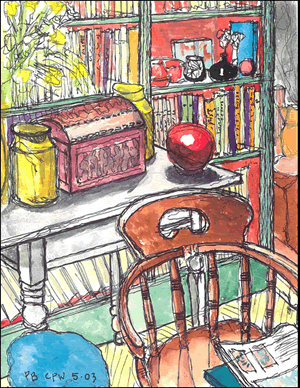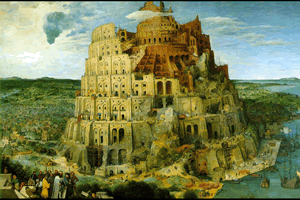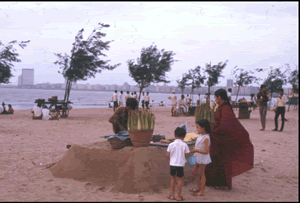|
During good times and bad, design remains a critical restorative tool to help mediate the strains between human beings and the primordial “man v. nature.” This is the platform for architecture as a social art. The basic building block is shelter. Like the Inuit igloo, it is also the touchstone for a people’s cultural heritage. When people bring their spirit, art and craft to built form, shelter becomes home.
Each of us has a natural inclination to create personal, private spaces, intimate surroundings in which we feel protected and connected to what is most meaningful to us. Once there are several dwellings side by side, there is community and a hierarchy of structures that become political and social tools. Individual buildings can become monumental symbols of authority, culture or, more innocently, the built fabric of community.
When the elements that make up the communal fabric form an organic whole like the mythical Tower of Babel, we experience a sense of order. Architecture can mediate between the individual and the larger community and create places for civic delight.
A remarkably simple example is a raised platform on an otherwise undefined beach in Bombay. It creates place and a civic alliance between object and desire. Left to their own devices, when people can control their environment, they prove time and again their innate understanding of the concept of architecture for everyone.
These simple concepts are the point of departure for my work as a teacher, critic and designer.
Paul Broches, FAIA
Berkeley Prize Committee 2006
|

Inuit Igloo

A Private Place

The Great Pyramid

Tower of Babel

Chowpatty Beach, Bombay
|